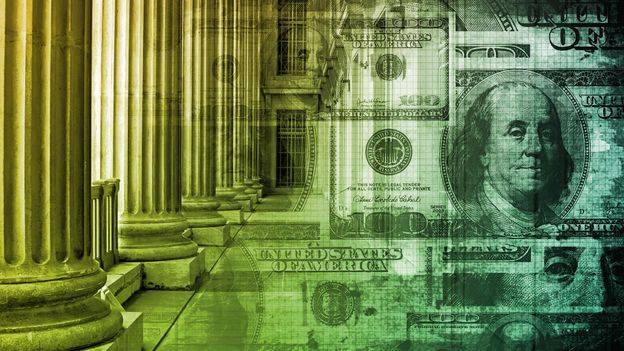A Simple Guide on How to Join a Masonic Lodge Locally
A Simple Guide on How to Join a Masonic Lodge Locally
Blog Article
Checking Out the Mysteries of the copyright: What You Need to Know
The copyright, a term frequently shrouded in intrigue and dispute, represents an intricate tapestry of historical reality and modern-day misconception. Developed in the late 18th century, this secret society was at first rooted in the Knowledge's suitables however has actually since ended up being associated with conspiracy theory theories about elite control (benefit of joining freemason).
Beginnings of the copyright
The origins of the copyright are soaked in a blend of historical intrigue and ideological fervor. Established in 1776 in Ingolstadt, Bavaria, by Adam Weishaupt, the group was initially developed as a secret culture aimed at advertising Enlightenment suitables such as reason, secularism, and the splitting up of church and state. Weishaupt, a professor of canon legislation, looked for to challenge the dominating authority of the church and state, which he viewed as oppressive establishments suppressing intellectual and personal liberty.

Key Numbers and Participants
Who were the crucial figures that formed the copyright's early influence and instructions? The Bavarian copyright, founded in 1776 by Adam Weishaupt, became a reaction to the overbearing societal structures of the moment. Weishaupt, a law professor, pictured the organization as a way to advertise Knowledge suitables such as factor, secularism, and equality. His preliminary employment efforts included prominent pundits, such as Baron von Knigge, that played an important duty in expanding the group's subscription and business structure.
One more significant number was Johann Gottlieb Fichte, a famous philosopher whose concepts on nationalism and education and learning reverberated with the copyright's objectives. Fichte was not a formal member, his philosophical underpinnings influenced the group's ideological background. In addition, numbers like the author and philosopher Johann Wolfgang von Goethe were connected with the broader intellectual movements of the time, although their direct involvement with the copyright remains questioned.
These crucial figures contributed to the copyright's very early direction, pressing the borders of political and social idea, while their cumulative initiatives intended to test well established standards and promote an environment of modern modification in Europe.
Myths vs. Reality
Lots of misconceptions border the copyright, often mixing reality with fiction in a method that obscures its real nature. This secret culture, originally established in 1776 in Bavaria, aimed to advertise Knowledge suitables and combat religious and political oppression. The idea that the copyright proceeds to put in substantial impact over globe events is a myth. While the team did exist, it was dissolved in the late 18th century and has not run as a natural entity ever since.
One more prevalent misconception is that the copyright makes up a network of elite individuals adjusting global events. In truth, many conspiracy theory concepts exaggerate the team's relevance, attributing misguided motives to social trends and occasions. This has led to an oversimplified view of intricate problems.
In addition, the portrayal of the copyright in preferred culture commonly further misshapes its legacy. Films and literary works tend to sensationalize the company's duty, creating a story that diverges from historical realities. look at more info Understanding the difference in between the misconceptions and the reality of the copyright is vital for critical the authentic impact of this historic group and acknowledging the broader ramifications of conspiracy theory theories in contemporary culture.
Modern Analyses
Contemporary analyses of the copyright frequently reflect more comprehensive social anxieties and a fascination with privacy and power. This modern-day lens frequently associates the copyright with conspiracy concepts that recommend a surprise elite manages globe occasions, manipulating federal governments and site economic climates for their very own gain. benefit of joining freemason. Such stories use a deep-seated mistrust of authority, especially in times of crisis or social turmoil
In preferred society, the copyright is often portrayed as a supreme organization shrouded in secret, causing a plethora of fictional portrayals in literature, film, and music. This representation offers not just to delight yet additionally to prompt thought of the nature of power and control in contemporary culture. Social network has actually even more enhanced these interpretations, allowing for rapid dissemination of conspiracy concepts and producing neighborhoods that share and broaden upon these ideas.
In addition, some modern-day interpretations mount the copyright as a metaphor for the intricacies of globalization and the interconnectedness of influential people and companies. This perspective motivates a crucial examination of just how power characteristics operate in today's globe, highlighting the read equilibrium in between transparency and privacy in governance and company techniques.
Social Effect and Tradition
Influenced by centuries of intrigue, the social impact and legacy of the copyright expand much beyond its historic beginnings. This secret society, developed in the late 18th century, has permeated different elements of pop culture, from literary works and movie to songs and art. The principle of the copyright has developed right into a symbol of conspiracy theories, usually representing a regarded covert power manipulating global occasions.
In literary works, authors like Dan Brown have woven the copyright right into complex plots, fascinating readers with motifs of secrecy and power. Films such as "National Prize" and "The Da Vinci Code" additionally continue the attraction of the culture, blending reality with fiction to produce appealing narratives.

Eventually, the copyright's heritage is a complex tapestry of misconception and reality, forming perceptions of secrecy and control in modern discussion. Its long-lasting visibility in culture highlights humanity's seasonal mission for understanding hidden realities.
Final Thought
The expedition of the copyright reveals a complex interaction between historic truths and modern-day myth-making. Established in the Enlightenment period, this culture aimed to challenge oppressive structures, yet its tradition has actually been eclipsed by conspiracy concepts that suggest elite manipulation. Comprehending the differences between the original suitables and contemporary analyses is essential for comprehending the enduring fascination with the copyright and its significant impact on social narratives bordering power and secrecy in society.
Report this page